As recent skirmishes along the India-Pakistan border during Operation Sindoor demonstrate, air superiority remains the decisive factor in modern military engagements.
The downing of several advanced Pakistani F-16s by Indian Air Force Su-30MKIs and Rafales has once again thrust fighter jet capabilities into global headlines and defence discussions.
From stealth capabilities and hypersonic speeds to AI-assisted target acquisition and next-generation missile systems, today’s premier fighter jets represent the pinnacle of military technology and engineering prowess.
Here, we examine the world’s top 10 fighter jets in 2025, analysing their capabilities, operational history, and what makes each a formidable force in contemporary aerial warfare.
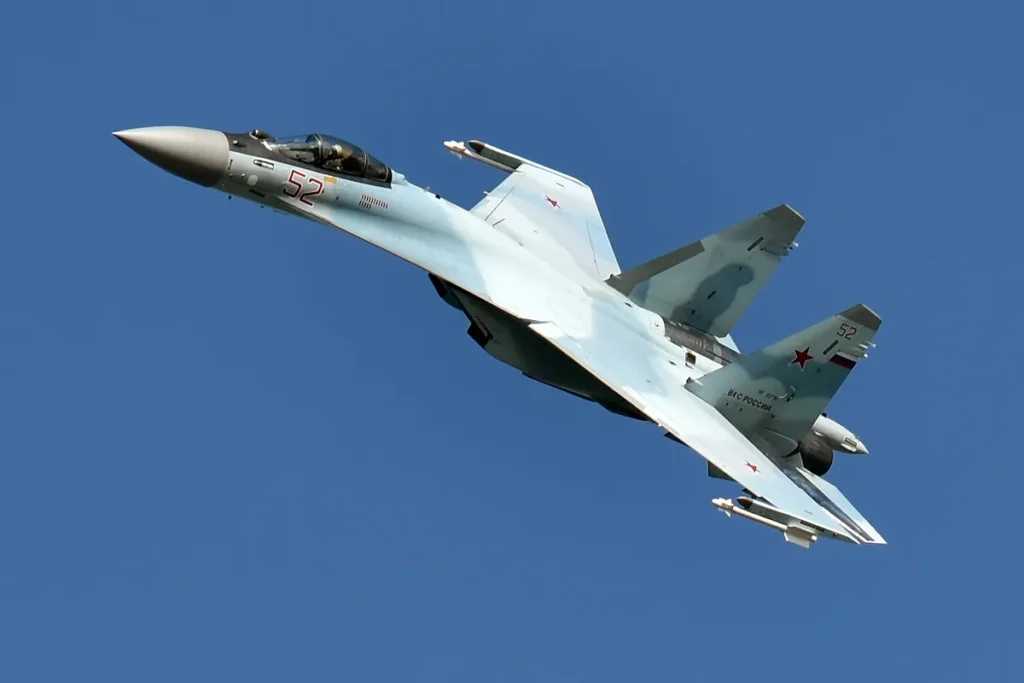
10. Sukhoi Su-35S
The Sukhoi Su-35S represents the pinnacle of non-stealth Russian fighter technology, earning its nickname “Super Flanker” through remarkable aerodynamic performance.
At the heart of the Su-35S’s exceptional manoeuvrability lies its AL-41F1S engines with three-dimensional thrust vectoring nozzles, allowing the aircraft to perform previously impossible manoeuvres like the “Pugachev’s Cobra” and “Kulbit.”
These engines generate 32,000 pounds of thrust each, propelling the aircraft to a top speed of Mach 2.25 (approximately 2,700 km/h) while maintaining stability at even extremely high angles of attack.
The aircraft’s Irbis-E passive electronically scanned array radar can detect fighter-sized targets at distances up to 400 kilometres, and its 12 hardpoints can accommodate 8,000 kg of weaponry.
With approximately 100 units in service with Russia and several export customers, including China and Egypt, this $85 million aircraft remains a cost-effective deterrent and a legitimate threat to newer, stealthier designs when employed tactically.
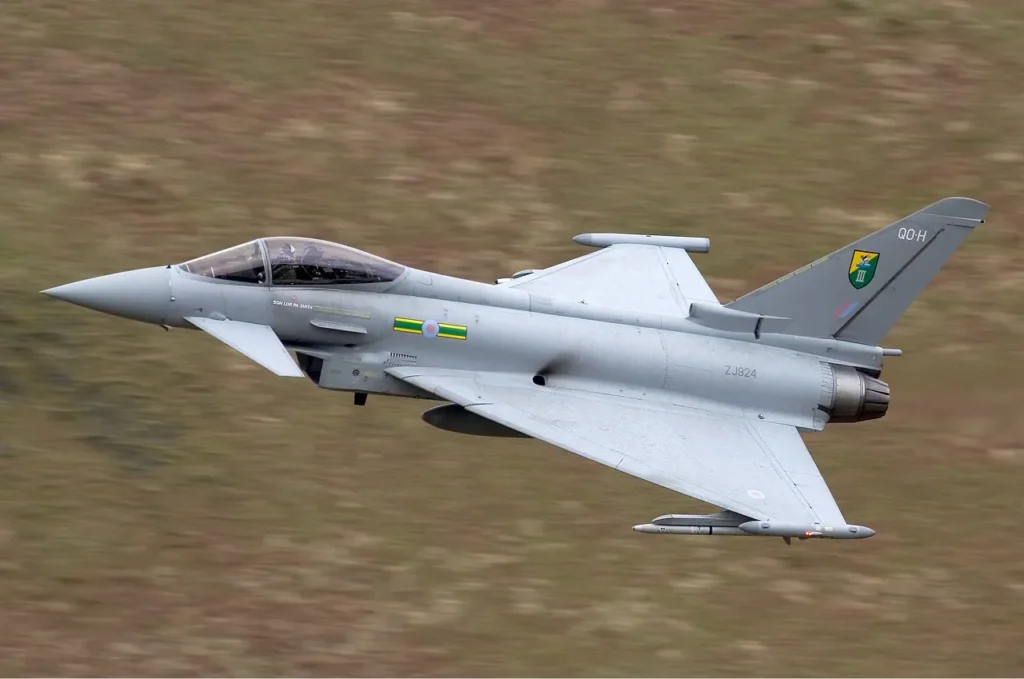
9. Eurofighter Typhoon
The Eurofighter Typhoon embodies European defence cooperation, jointly developed by the United Kingdom, Germany, Italy, and Spain.
The Typhoon’s distinctive delta wing and canard configuration, combined with relaxed stability and fly-by-wire controls, grant it exceptional agility across its performance envelope.
Twin Eurojet EJ200 engines deliver a thrust-to-weight ratio exceeding 1:1, enabling supercruise capability—sustained supersonic flight without afterburners.
Recent upgrades have focused on ground attack capabilities through the Phase Enhancement programs.
The aircraft’s “sensor fusion” approach integrates radar, infrared search and track, and defensive aids into a cohesive tactical picture for the pilot.
With over 570 units operating worldwide, including export customers like Saudi Arabia, Kuwait, and Qatar, the Typhoon has proven its versatility in operations ranging from Baltic Air Policing missions to combat sorties over Syria and Libya.
At approximately $90 million per unit, the Typhoon represents a significant investment in European defence autonomy and will likely remain in service beyond 2040 with continuous updates.
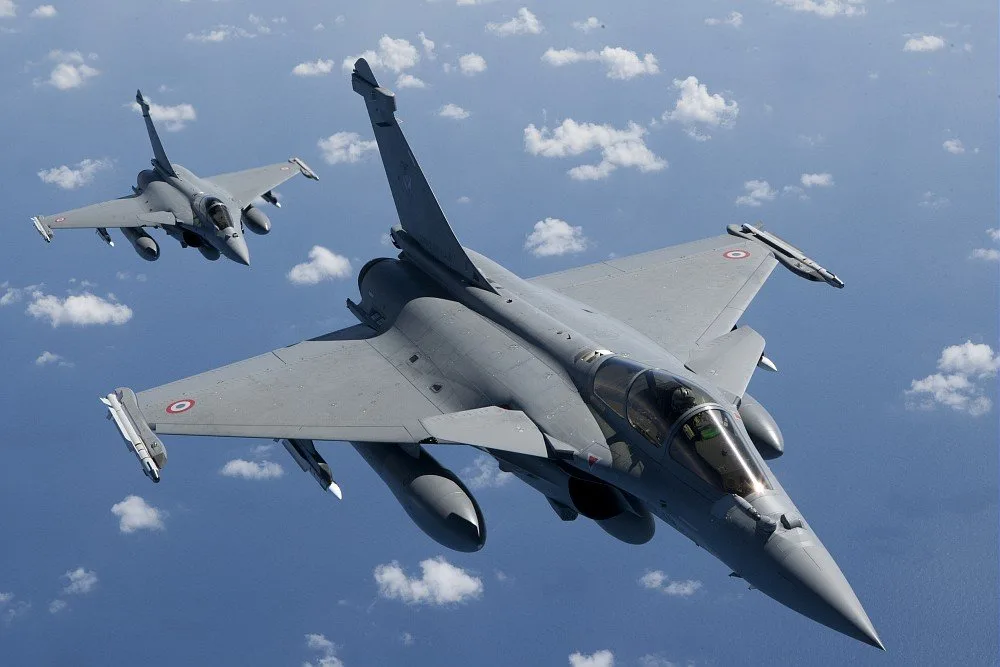
8. Dassault Rafale
The Dassault Rafale, whose name aptly means “gust of wind,” represents France’s determination to maintain an independent defence industrial base capable of producing world-class military aircraft.
The Rafale’s airframe utilises composite materials for 70% of its surface, reducing both weight and radar cross-section. Its delta wing configuration with close-coupled canards provides remarkable short-field performance.
Powered by two Snecma M88 engines, each producing 16,900 pounds of thrust with afterburner, the Rafale achieves Mach 1.8 (2,222 km/h).
What sets the Rafale apart is its integrated electronic warfare suite called SPECTRA, which provides one of the most effective self-protection systems available.
The Rafale has proven its capabilities in combat operations over Afghanistan, Libya, Mali, Iraq, and Syria. Export success has followed operational validation, with India, Egypt, Qatar, Greece, and Croatia all selecting the $100 million fighter, bringing orders to over 500 units.
India’s acquisition of 36 Rafales has significantly enhanced its air combat capabilities during recent border tensions.
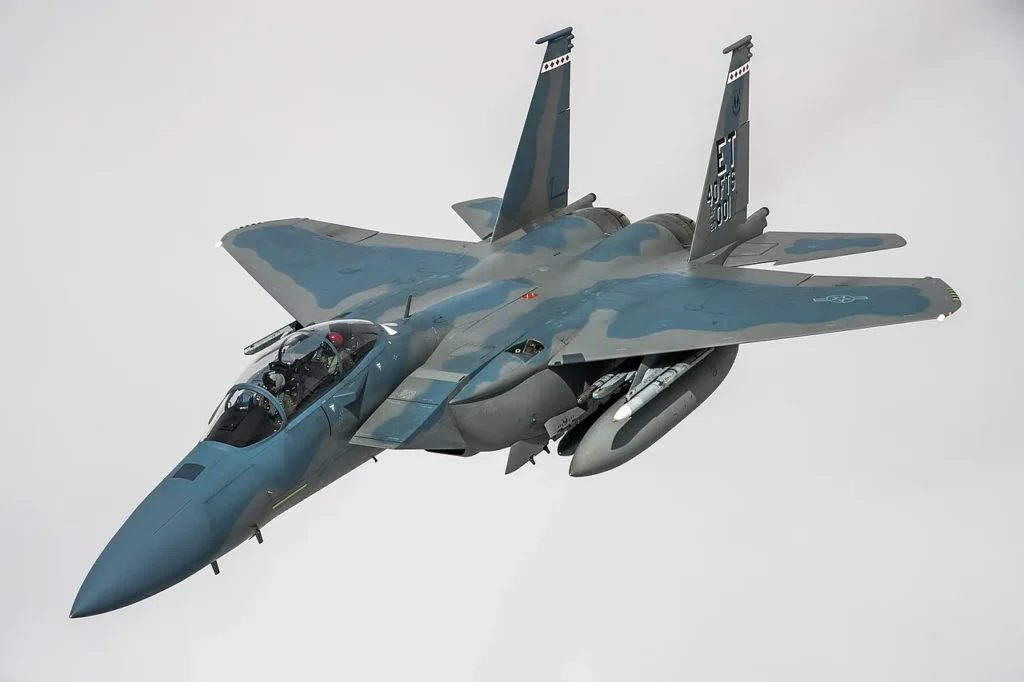
7. Boeing F-15EX Eagle II
The Boeing F-15EX Eagle II represents the ultimate evolution of the F-15 legendary platform, thoroughly modernised to remain relevant against emerging threats.
The F-15EX incorporates 21st-century technology, including an APG-82 AESA radar, advanced cockpit displays, digital fly-by-wire controls, and the Eagle Passive Active Warning Survivability System (EPAWSS), a sophisticated electronic warfare suite that drastically improves survivability against modern air defence systems.
Powered by twin Pratt & Whitney F100-PW-229 engines, each producing 29,000 pounds of thrust, the F-15EX reaches Mach 2.5 (approximately 3,100 km/h).
Its most impressive feature may be its weapons capacity—up to 22 air-to-air missiles or a mix of air-to-ground ordnance, the largest payload capacity of any fighter in production.
The US Air Force plans to acquire 144 F-15EX aircraft at $87 million each to replace aging F-15C/D models.
With a projected service life extending into the 2050s, this evolved Eagle proves that sometimes an updated classic can still outperform newer designs in specific mission profiles.
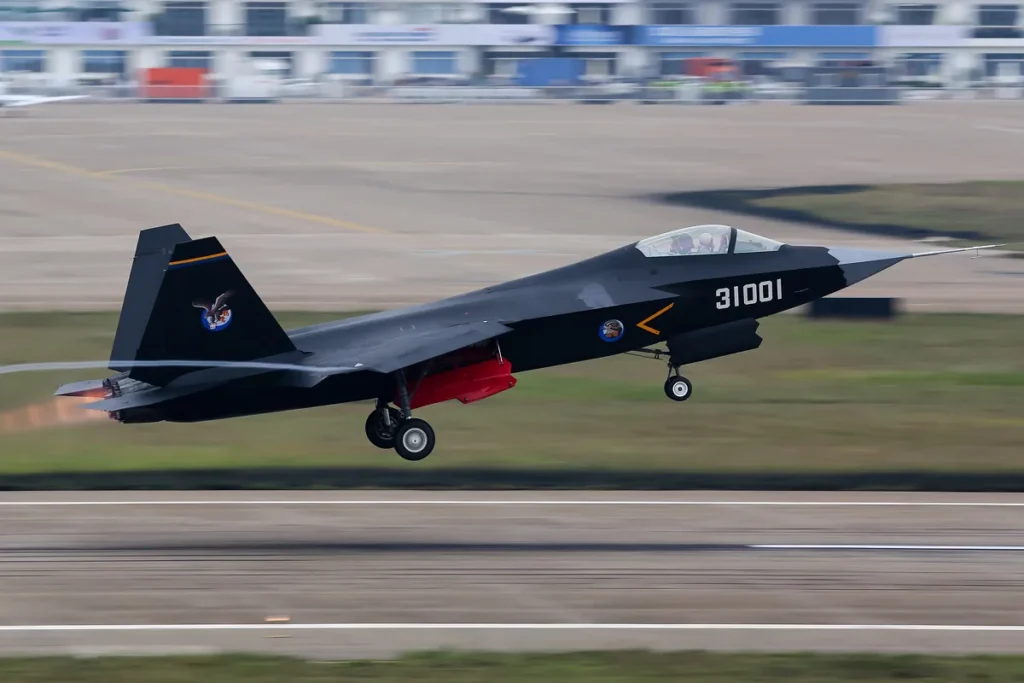
6. Shenyang FC-31 Gyrfalcon
The Shenyang FC-31 Gyrfalcon (also referred to as the J-35 in its naval variant) represents China’s second stealth fighter program and its first carrier-capable fifth-generation aircraft.
The FC-31 features a conventional twin-engine layout with canted vertical stabilisers similar to the F-22.
The aircraft incorporates internal weapons bays to preserve stealth characteristics and uses advanced composite materials to reduce weight and radar signature.
Currently powered by Russian-designed RD-93 derivatives (the Chinese WS-13 engines), production variants are expected to receive the more powerful WS-19 engines currently under development. These will enable the FC-31 to reach speeds of Mach 1.8 (2,205 km/h) and achieve supercruise capability.
With an estimated unit cost of $70 million, the FC-31/J-35 represents China’s strategic push to modernise its naval air arm. Initial operational capability on China’s newest carriers is expected by 2026, potentially altering the balance of power in the Western Pacific.

5. Sukhoi Su-57
The Sukhoi Su-57 (NATO reporting name: Felon) is Russia’s answer to fifth-generation fighter requirements.
What distinguishes the Su-57 from Western stealth designs is its emphasis on “functional stealth”—a balance between low observability and aerodynamic performance.
Its airframe features carefully shaped leading and trailing edges, radar-absorbent materials, and internal weapons bays. These powerplants enable the Su-57 to achieve speeds of Mach 2 (2,470 km/h).
With a unit cost between $40-50 million, roughly one-third that of an F-35, the Su-57 represents Russia’s effort to maintain air power relevance despite economic constraints.
After years of development challenges, the aircraft achieved initial operational capability in 2020, with at least 10 units delivered and over 70 planned.
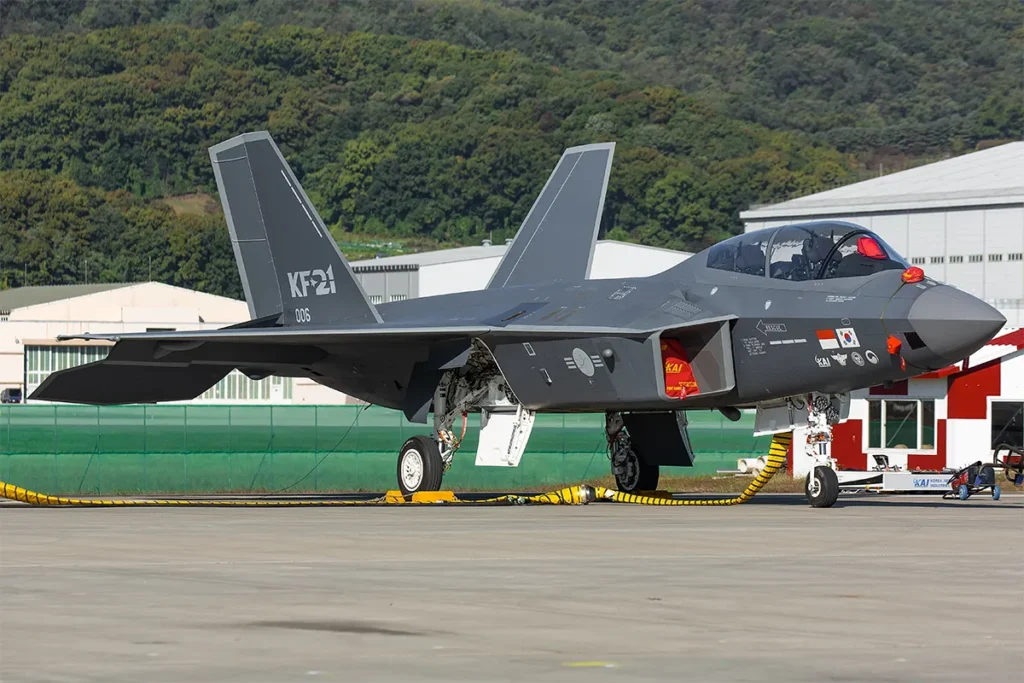
4. KAI KF-21 Boramae
The KAI KF-21 Boramae (meaning “hawk” in Korean) represents South Korea’s emergence as a major player in the global aerospace industry.
Powered by two General Electric F414 engines—the same that power the Super Hornet—the KF-21 reaches Mach 1.8 (2,200 km/h).
What makes the KF-21 particularly notable is its value proposition—at approximately $74 million per unit, it offers near-fifth-generation capabilities at fourth-generation prices.
With 120 aircraft planned for South Korean service by 2032 and potential exports to countries like Indonesia (a development partner), Poland, and various Southeast Asian nations, the Boramae represents the democratisation of advanced fighter technology beyond the traditional aerospace powers.
The KF-21’s first flight in 2022 marked a watershed moment for South Korea’s aerospace ambitions and established the foundation for potential sixth-generation development, as the country positions itself as an increasingly self-reliant defence technology provider.
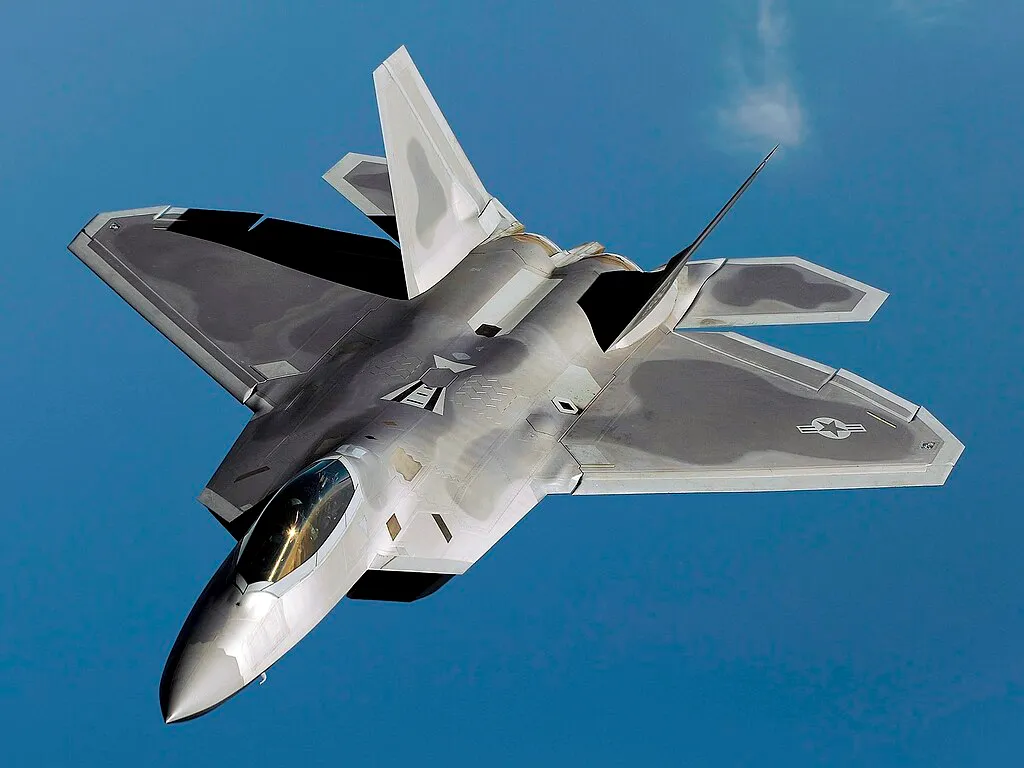
3. Lockheed Martin F-22 Raptor
The Lockheed Martin F-22 Raptor remains the gold standard in air superiority fighters, even as it approaches two decades in service.
Powered by two Pratt & Whitney F119 engines with two-dimensional thrust vectoring nozzles, the Raptor reaches Mach 2.25 (2,410 km/h) and can supercruise at Mach 1.8 without afterburners, giving it both energy advantage and extended range.
Despite its $150 million unit cost and production run of only 195 aircraft, terminated early due to post-Cold War budget constraints and export restrictions, the F-22 remains the definitive air superiority platform.
Its capabilities were partially demonstrated during deployments to Syria, where Raptors operated with impunity even in airspace covered by advanced Russian air defence systems.
The F-22’s main limitation is its age—designed before modern networked warfare concepts were fully developed, it lacks some of the connectivity features of newer aircraft.
However, ongoing modernisation programs including upgraded processors, new datalinks, and integration with the latest AIM-260 long-range missiles will keep the Raptor at the forefront of air combat capability until its planned replacement by the sixth-generation NGAD (Next Generation Air Dominance) fighter.
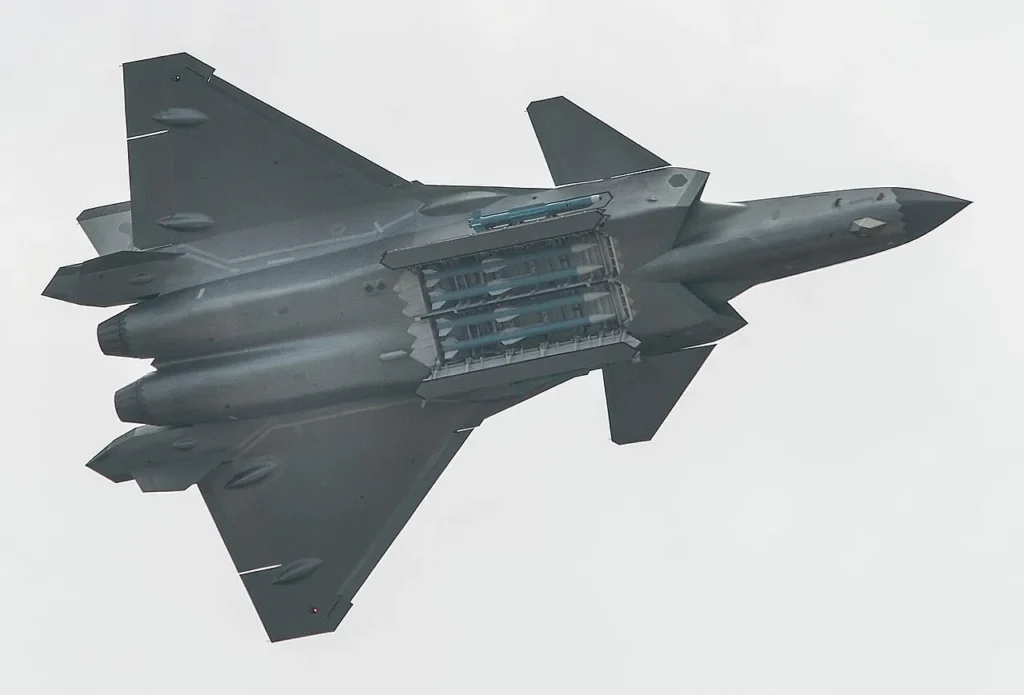
2. Chengdu J-20 Mighty Dragon
The Chengdu J-20 Mighty Dragon represents China’s arrival as a premier developer of cutting-edge fighter technology.
Unlike the F-22 and F-35, which prioritise all-aspect stealth, the J-20 employs a more selective approach to low observability, with emphasis on frontal aspect stealth to enable long-range penetration of enemy air defence networks.
Initially powered by Russian AL-31 derivatives, newer J-20s feature indigenous WS-10C engines, with the definitive WS-15 engines under development to enable sustained supercruise capability. These powerplants push the J-20 to speeds of Mach 2 (2,470 km/h).
With over 200 units already operational—surpassing F-22 production numbers—and continuous evolution through multiple variants, the $100 million J-20 represents China’s commitment to challenging American air superiority in the Western Pacific.
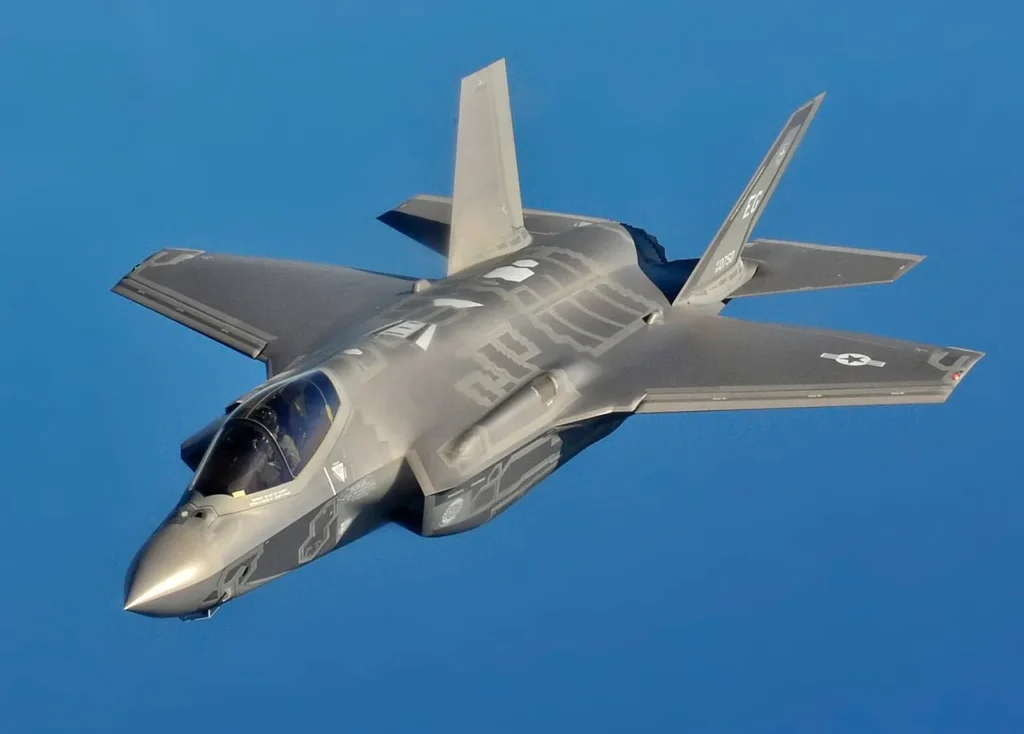
1. Lockheed Martin F-35 Lightning II
The Lockheed Martin F-35 Lightning II stands as the most significant combat aircraft program of the 21st century, not merely for its advanced capabilities but for its unprecedented scale and international participation.
Powered by the Pratt & Whitney F135—the most powerful fighter engine ever developed—the F-35 reaches Mach 1.6 (1,975 km/h). While often criticised for its $85 million unit cost, prices have decreased significantly through economies of scale as the program has matured.
With over 1,000 aircraft delivered to 17 nations, including Australia, Israel, Japan, South Korea, and multiple NATO allies, and production plans exceeding 3,000 units, the F-35 represents the standardisation of fifth-generation technology across Western and allied air forces.
While no single fighter can be considered perfect for all missions, the F-35’s versatility, proliferation, and ongoing development secure its position as the world’s premier fighter aircraft in 2025.
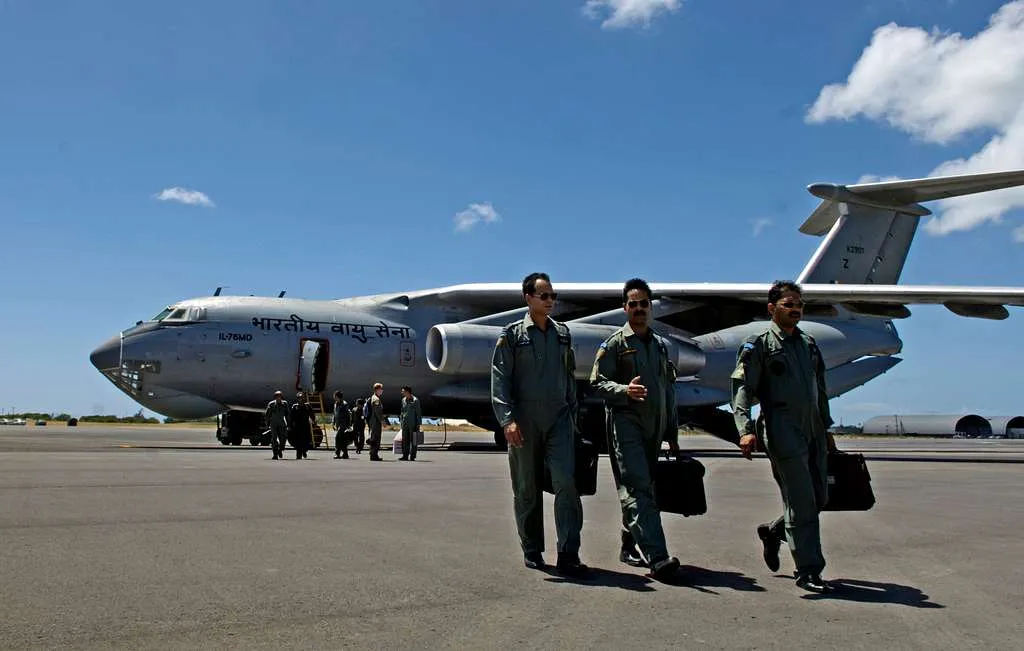
Bottom Line
As the global landscape of aerial warfare continues to evolve, these 10 fighter jets represent more than mere technological marvels, they are strategic chess pieces in the complex geopolitical game of national defence and power projection.
The ongoing arms race reflects not just technological prowess but the intricate balance of global security, where each advancement in fighter technology sends ripples through international relations, deterrence strategies, and potential conflict scenarios.
From the stealth capabilities of the F-35 and J-20 to the raw combat performance of the Su-35S and Rafale, these aircraft embody the cutting edge of human engineering and strategic thinking.
Looking ahead, the future of aerial combat will be defined by increasingly integrated systems, artificial intelligence, and the ability to operate effectively within complex, networked battlespaces.
Stay tuned with us. Further, follow us on social media for the latest updates.
Join us on Telegram Group for the Latest Aviation Updates. Subsequently, follow us on Google News

